Virus outbreaks have been increasing at an alarming rate in recent decades. COVID-19 (SARS-CoV-2) is the most recent human coronavirus to spread over the world. COVID-19 is highly contagious and spreads through a variety of mechanisms. According to recent research, SARS-CoV-2 spreads by micro-droplets released mostly from person to person or through contact with contaminated surfaces. When it comes to COVID-19 detection and diagnosis, tests based on specific nucleic acids and proteins, as well as point-of-care testing, are used. Nanotechnology, with its many applications, is an efficient and cost-effective method for improving these tests for SARS-CoV-2 detection. For viral detection, a range of nanomaterials such as metallic Nanoparticle, polymeric NP, silica NP, and carbon nanotubes have already been used.
Vaccination, which depends on the immune system's natural ability to generate protective long-term immunological memory, has proven to be one of the most effective health programs ever launched for preventing and/or controlling the spread of dangerous infections. Nanoparticles have recently garnered considerable attention as a viable way to develop a new generation of vaccinations, because they can act as both an antigen carrier and an adjuvant in many circumstances. Furthermore, nano-based vaccines can shield antigens from premature degradation and provide sustained release, improved antigen stability, and tailored immunogen delivery, as well as extend antigen exposure and uptake by antigen presenting cells (APCs).
- Nano Diagnostics
- Nano- Based Vaccines
- Nano Therapeutics
- Nanosensors
- Bio-Nano Interface
- Nanomedicine
- Nanomaterials and Biological Systems

Thomas J Webster
Hebei University of Technology, United States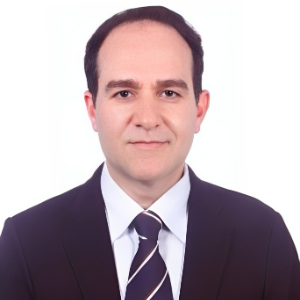
Hossein Hosseinkhani
Innovation Center for Advanced Technology, Matrix, Inc., United States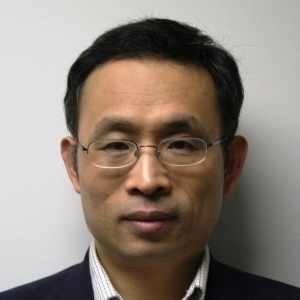
Hai Feng Ji
Drexel University, United States
Paulo Cesar De Morais
Catholic University of Brasilia, Brazil
Azzedine Bensalem
Long Island University, United States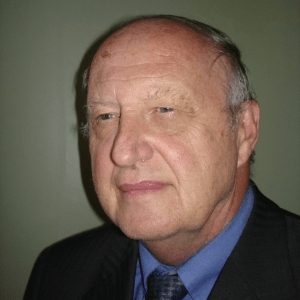
Robert Buenker
Wuppertal University, Germany
Rafal Kozubski
Jagiellonian University in Krakow, Poland
Sylwia Wcislik
Kielce University of Technology, Poland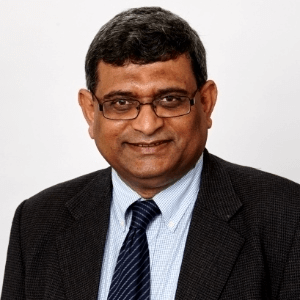
Raman Singh
Monash University-Clayton Campus, Australia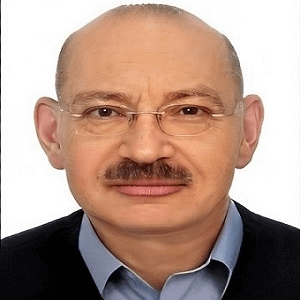


Title : Circumventing challenges in developing CVD graphene coating on mild steel: A disruptive approach to remarkable/durable corrosion resistance
Raman Singh, Monash University-Clayton Campus, Australia
Title : Highlighting recent advancements in electromagnetic field subwavelength tailoring using nanoparticle resonant light scattering and related topics
Michael I Tribelsky, Moscow State University, Russian Federation
Title : The impact of nanomedicine: 30,000 orthopedic nano implants with no failures and still counting
Thomas J Webster, Hebei University of Technology, United States
Title : Logistic-modified mathematical model for tumor growth treated with nanosized cargo delivery system
Paulo Cesar De Morais, Catholic University of Brasilia, Brazil
Title : Current and future of red and black phosphorus nanomaterials
Hai Feng Ji, Drexel University, United States
Title : Azodye photoaligned nanolayers for liquid crystal: New trends
Vladimir G Chigrinov, Hong Kong University of Science and Technology, Hong Kong
Title : Atomistic simulation of chemical ordering phenomena in nanostructured intermetallics
Rafal Kozubski, Jagiellonian University in Krakow, Poland
Title : The enhanced cytotoxic effect of curcumin on leukemic stem cells via CD123-targeted nanoparticles
Wariya Nirachonkul, Chiang Mai University, Thailand
Title : Efficiency of nanoparticles (Micromage-B) in the complex treatment of multiple sclerosis
Andrey Belousov, Kharkiv National Medical University, Ukraine
Title : Innovative method of nanotechnology application in the complex treatment of multiple sclerosis
Andrey Belousov, Kharkiv National Medical University, Ukraine